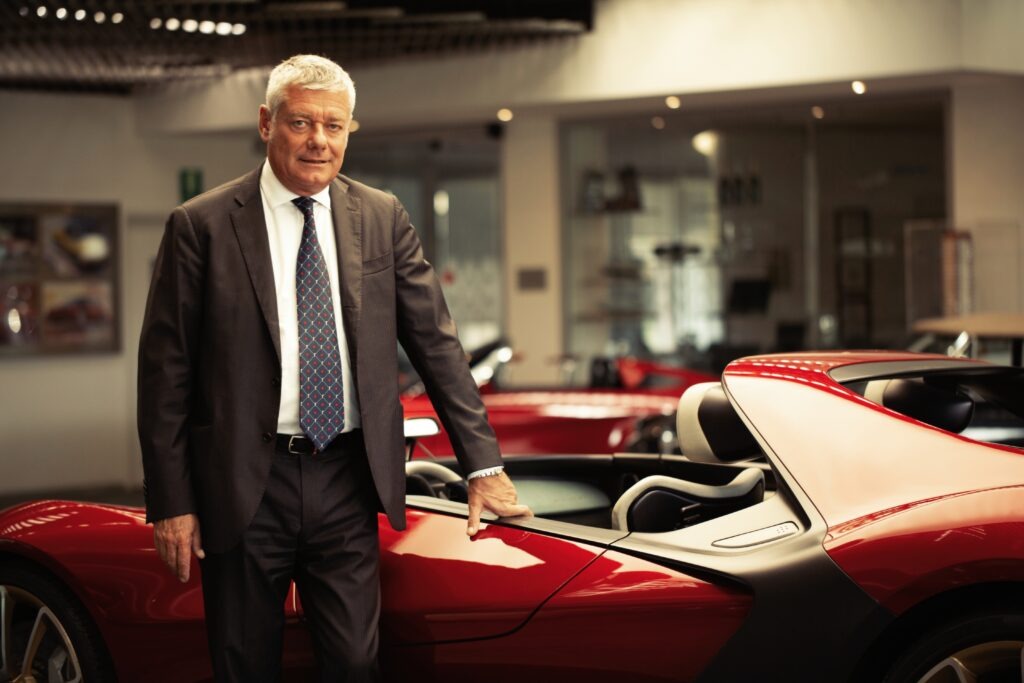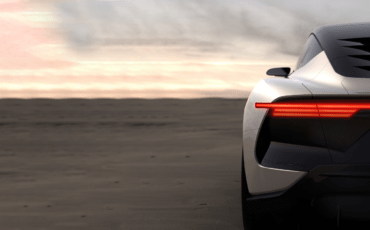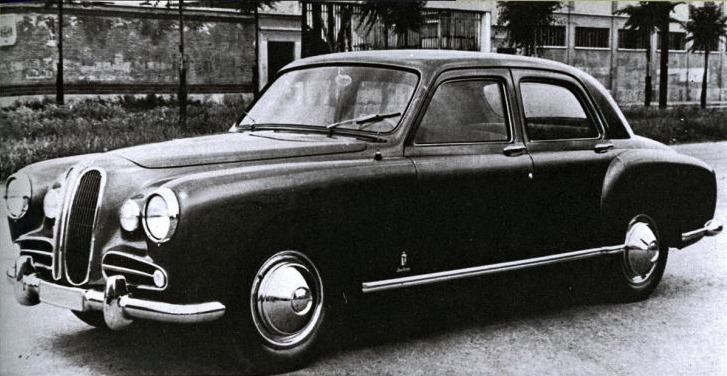
On April 9, 2024, the automotive world lost one of its iconic figures as Paolo Pininfarina, President of the Pininfarina Group, passed away in Turin at the age of 65. His passing leaves behind a legacy of innovation, dedication, and excellence that has deeply impacted both the automotive industry and the wider design world.
Paolo Pininfarina’s journey with the Pininfarina Group was one of unwavering commitment and passion. Born in Turin on August 28, 1958, he graduated in Mechanical Engineering from the Politecnico di Torino. His professional career began in 1982 when he joined Pininfarina, following stints at renowned companies such as Cadillac, Honda, and General Motors.
Throughout his tenure, Paolo played a pivotal role in steering the Pininfarina Group towards new horizons. Under his leadership, the company embarked on a diversification journey in the 1980s, expanding its scope beyond automotive design to become a benchmark in various design fields, from industrial design to architecture, nautical, and aeronautical design.
In 1987, Paolo assumed the role of President and CEO of Pininfarina Extra S.r.l., a subsidiary specializing in industrial design, furniture, architecture, yachting, and aviation. His visionary approach and innovative mindset propelled Pininfarina Extra to new heights, solidifying its reputation as a leader in design innovation.
His contributions to the automotive world are equally remarkable. Paolo Pininfarina oversaw the creation of several iconic vehicles, including the concept car Sergio, a tribute to his late father, Senator for life Sergio Pininfarina, and the Automobili Pininfarina Battista, an electric hypercar unveiled at the 2019 Geneva Motor Show.
Beyond his professional achievements, Paolo Pininfarina will be remembered for his humility, kindness, and accessibility. Those who had the privilege of meeting him attest to his genuine warmth and willingness to engage with others, traits that endeared him to colleagues and industry peers alike.
“Paolo Pininfarina was an immensely significant figure, not only in his professional capacity but also on a personal level. Having had the honor of knowing him personally, I cherish memories of his kindness and approachability. I deeply appreciate his willingness to engage and his valuable contributions to our projects, notably the video endeavor showcasing the Ferrari Sergio.”
Andreas Scheidl, Founder of carrozzieri-italiani.com.
As we mourn the loss of Paolo Pininfarina, we also celebrate his enduring legacy. His indelible mark on the world of design and automotive innovation will continue to inspire future generations. Let us honor his memory by embracing his spirit of creativity, passion, and excellence in all our endeavors.
In remembrance of Paolo Pininfarina, a visionary leader and a true gentleman.






















